-
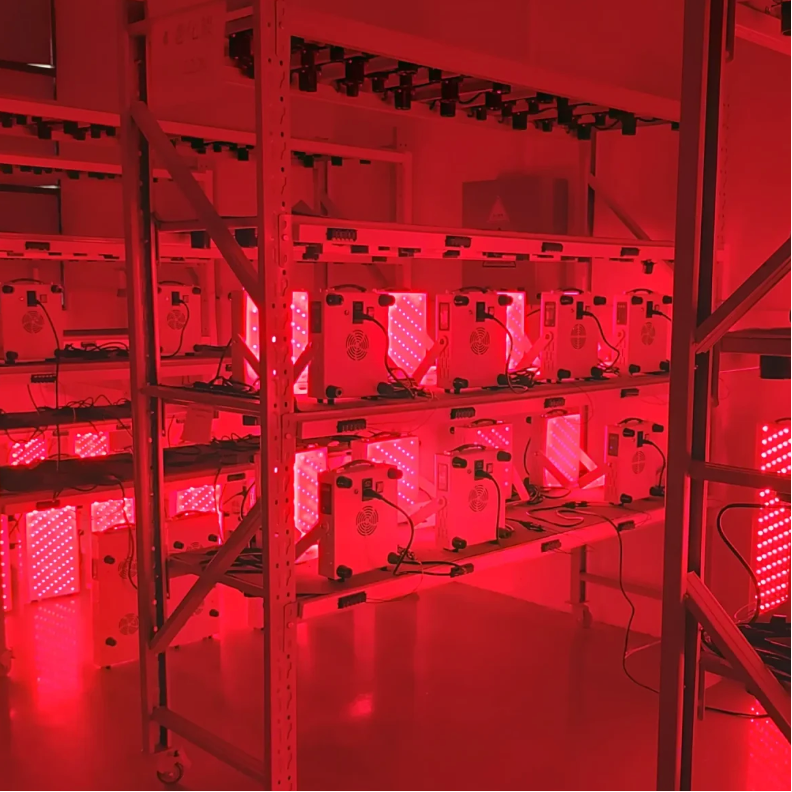
How does red light therapy work for weight loss?
How does red light therapy work for weight loss? 1. Core Mechanism: Stimulating the Release of Fat from Adipocytes This is the primary and most thoroughly studied mechanism by which red light therapy achieves body contouring. Target: Adipocytes, which store large amounts of triglycerides (commonl...Read more -

What scenarios is red light therapy suitable for?
What scenarios are suitable for red light therapy? 1. Medical Aesthetics and Skin Health This is the most widely known application area for red light therapy, primarily working by boosting cellular energy (ATP) and collagen production. Anti-Aging and Fine Line Reduction: How it works: Red light s...Read more -
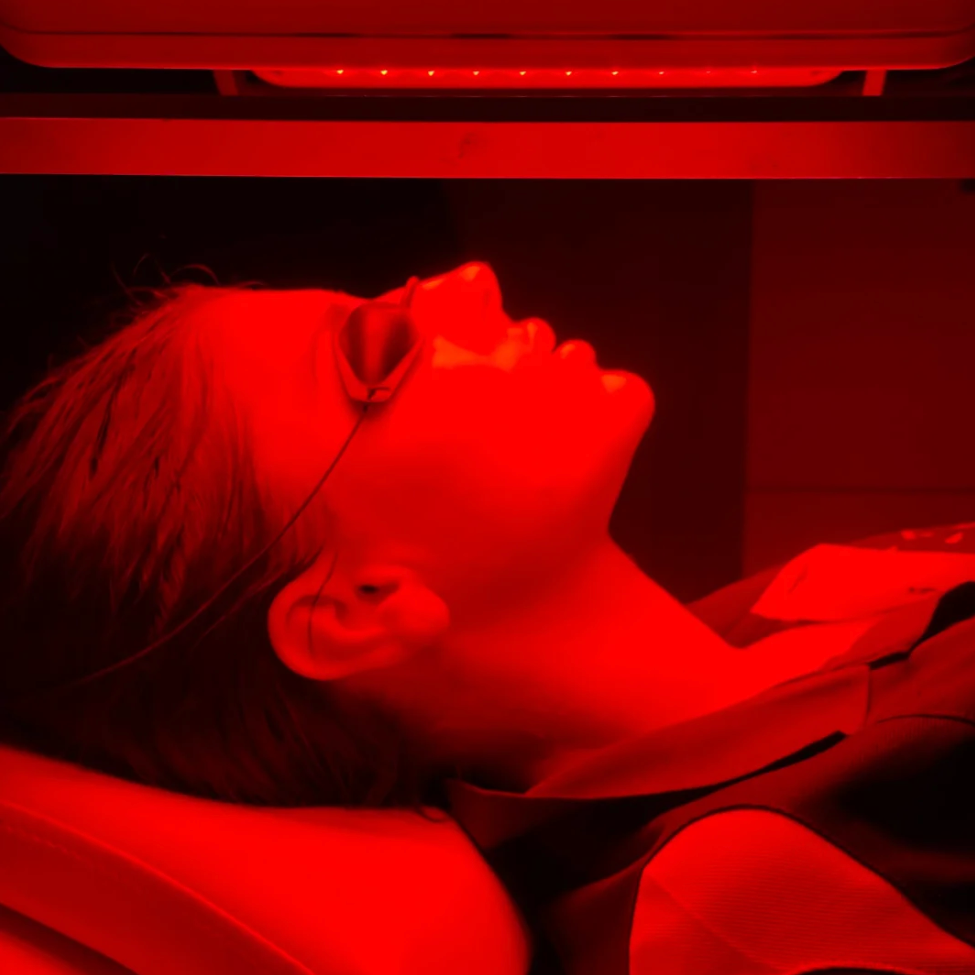
I love red light! It really works and improves my skin!
I absolutely love red light! It really works! 1. Specific Functions of Each Wavelength 1. 630nm (Superficial Red Light) Features: Energy is concentrated in the epidermis and preferentially absorbed by hemoglobin. Benefits: Improves skin redness and redness (dilates capillaries, promotes blood ci...Read more -

How to Use a Red Light Therapy Panel?
How to Use a Red Light Therapy Panel? What is a Red Light Therapy Panel? A red light therapy panel (also known as red light therapy or photobiomodulation therapy device) uses LED light of specific wavelengths (typically 630-670nm for red light and 810-850nm for near-infrared light) to illuminate ...Read more -
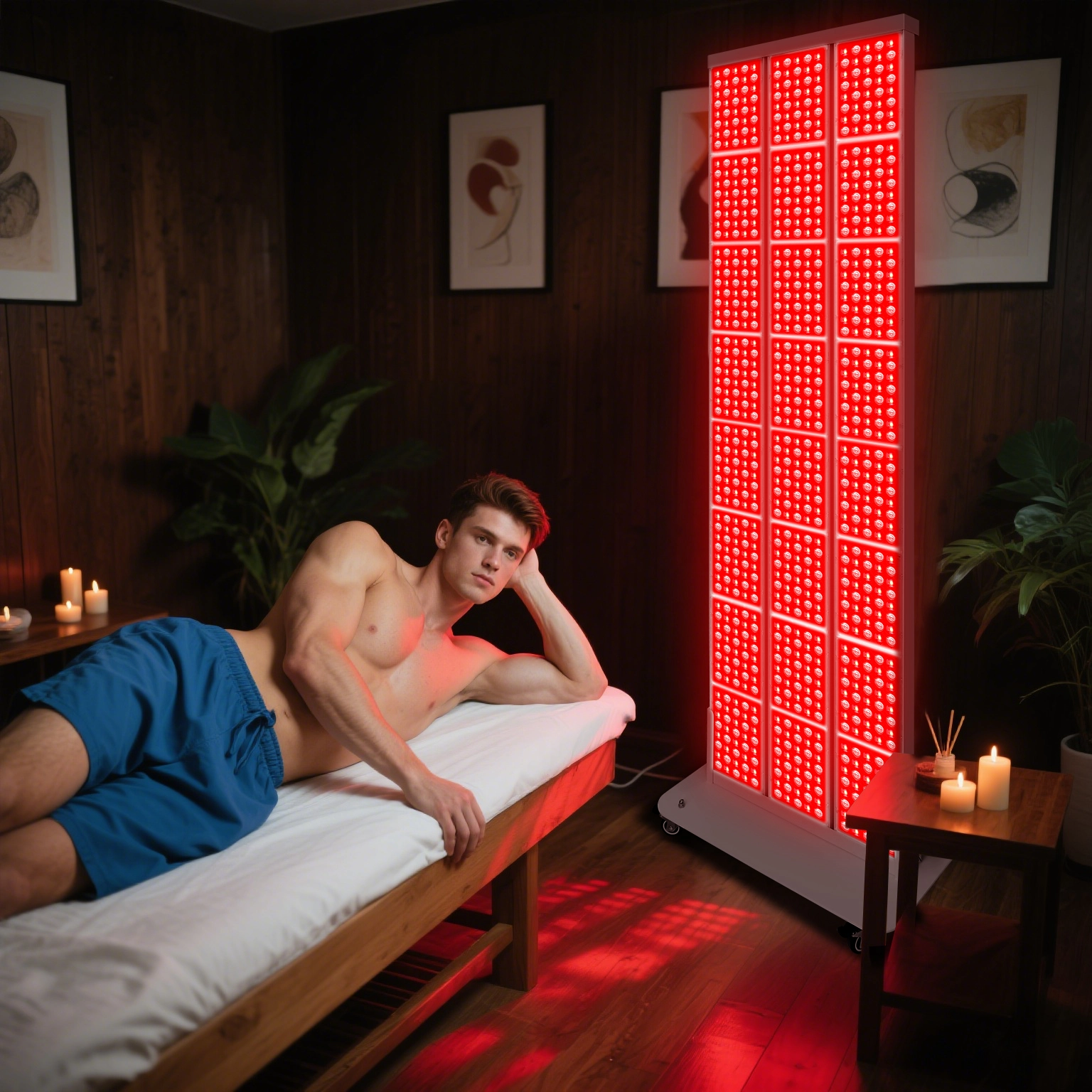
Is red light therapy safe? What precautions should be taken?
Is red light therapy safe? What precautions should be taken? 1. Why is red light therapy safe? Red light therapy (typically consisting of red and near-infrared light) uses specific wavelengths of light to penetrate the skin and be absorbed by cellular mitochondria, stimulating cellular energy (AT...Read more -
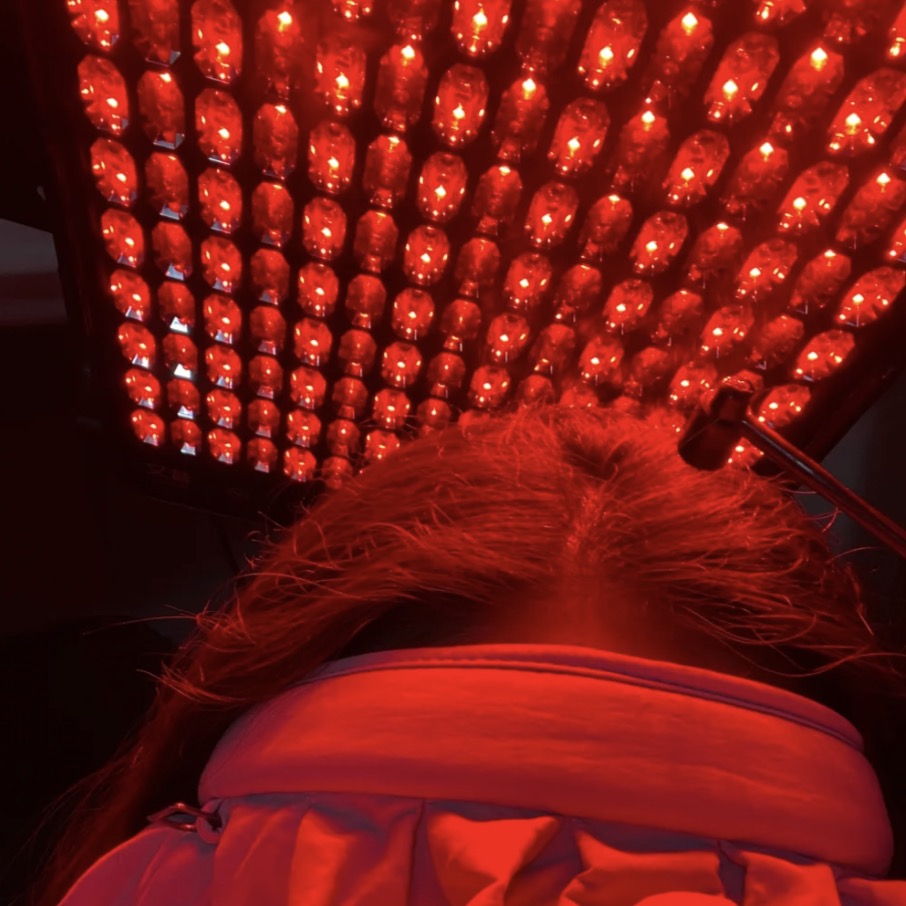
Is red light therapy effective for hair loss?
Is red light therapy effective for hair loss? How does red light therapy work? (How it works) Red light therapy, specifically low-level laser therapy (LLLT) with a wavelength between 630 and 670 nanometers, works not through thermal effects but through photobiomodulation. When hair follicle cells...Read more -
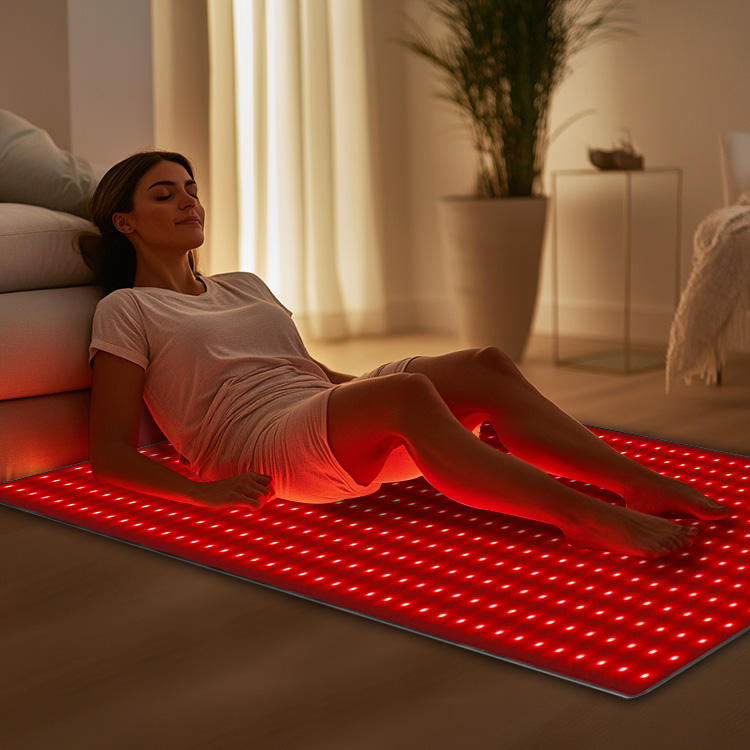
The Science of Red Light Therapy (Why It Might Work?)
The Science of Red Light Therapy (Why It Might Work?) Red light therapy, more technically known as photobiomodulation therapy, typically uses light sources with wavelengths between 630-670nm (red light) and 810-850nm (near-infrared light). It works not by damaging or heating like ultraviolet ligh...Read more -
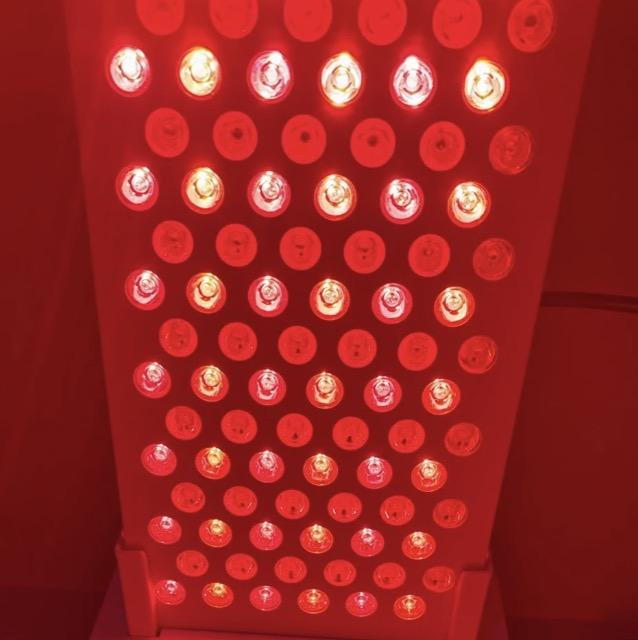
Does red light therapy cause cancer?
Does red light therapy cause cancer? Scientific reference:acne.org 1. How red light therapy works (why it’s generally not carcinogenic) Red and near-infrared light therapy (often called photobiomodulation therapy, PBL, or LLLT) uses non-ionizing radiation. Key Difference: Non-ionizing Radia...Read more -
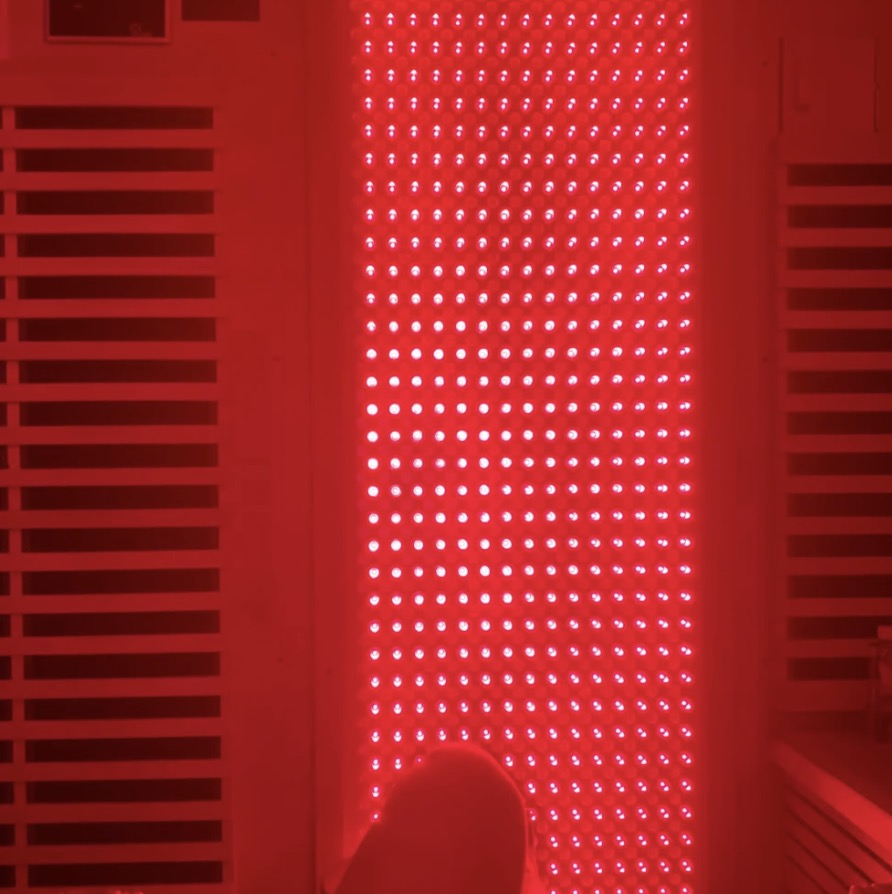
How does red light reverse the signs of aging? The science behind it.
How does red light reverse the signs of aging? The science behind it. Scientific basis: National Library of Medicine Skin aging manifests as wrinkles, sagging, dark spots, and rough texture. The root cause is the loss of collagen in the dermis, slowed cellular metabolism, and oxidative damage. R...Read more -
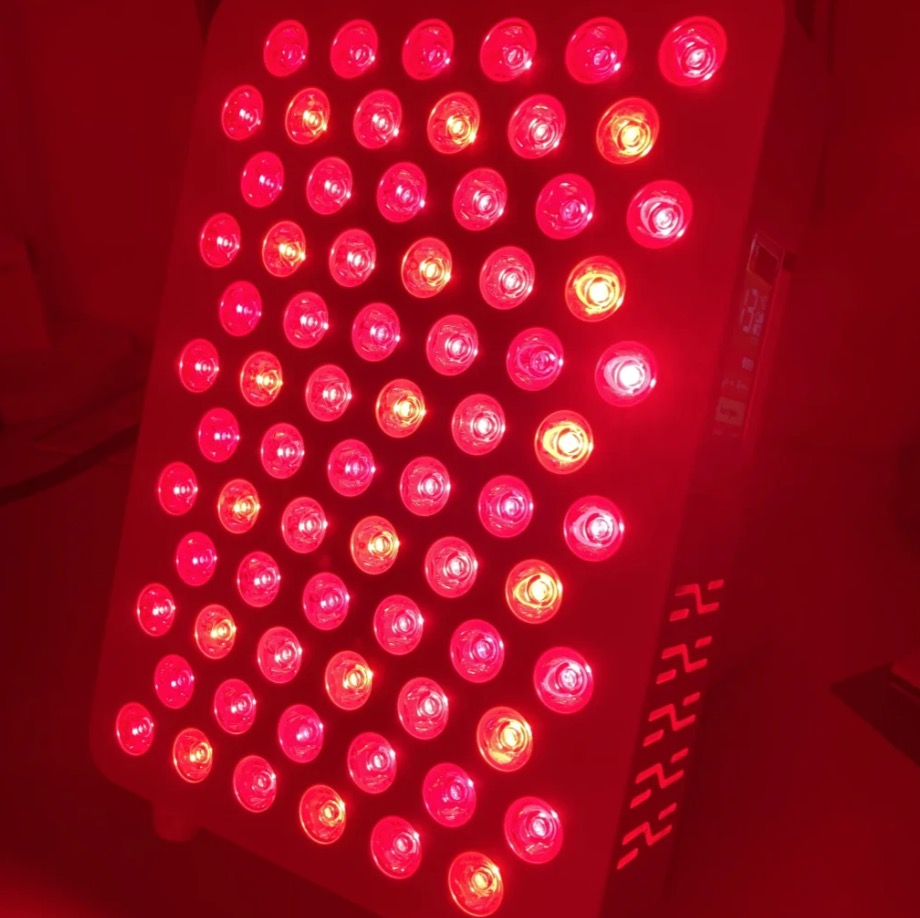
Red Light Therapy Guidelines for Joint and Soft Tissue Injuries
Red Light Therapy Guidelines for Joint and Soft Tissue Injuries Red Light Therapy Guidelines for Joint and Soft Tissue Injuries / Wavelength Selection and Scientific Approach I. Basis for Infrared Wavelength Selection for Different Areas Core Principle: Select wavelength based on tissue depth to ...Read more -
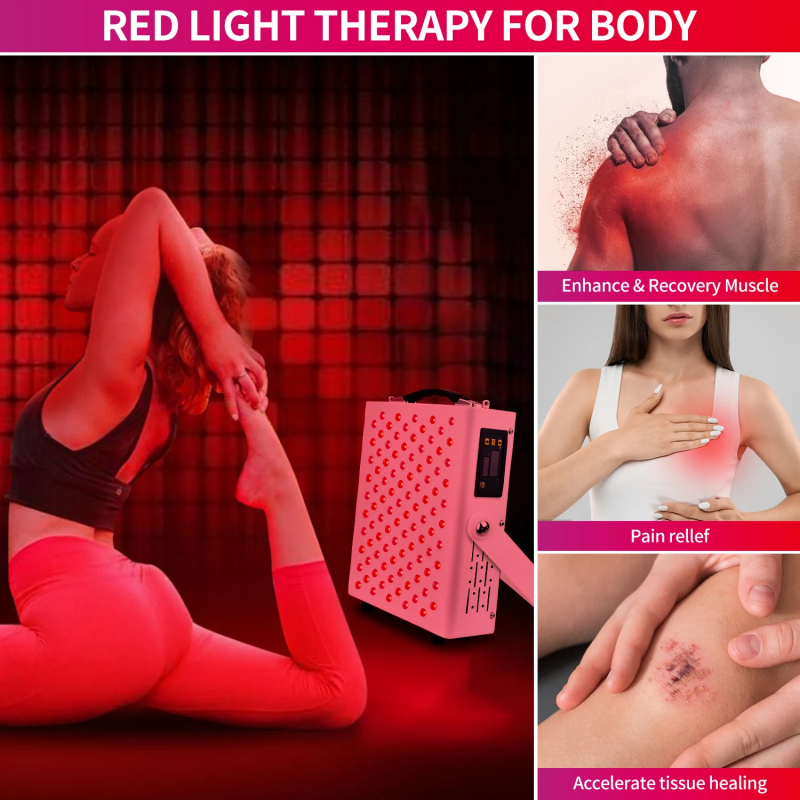
Red Light Therapy and Skin Health
Red Light Therapy and Skin Health Numerous studies have proven that red light is beneficial for skin health. My red light machine at home has an automatic “skin” mode, pre-set to low-intensity red and near-infrared light. This is very convenient. I use it three times a week, and my sk...Read more -
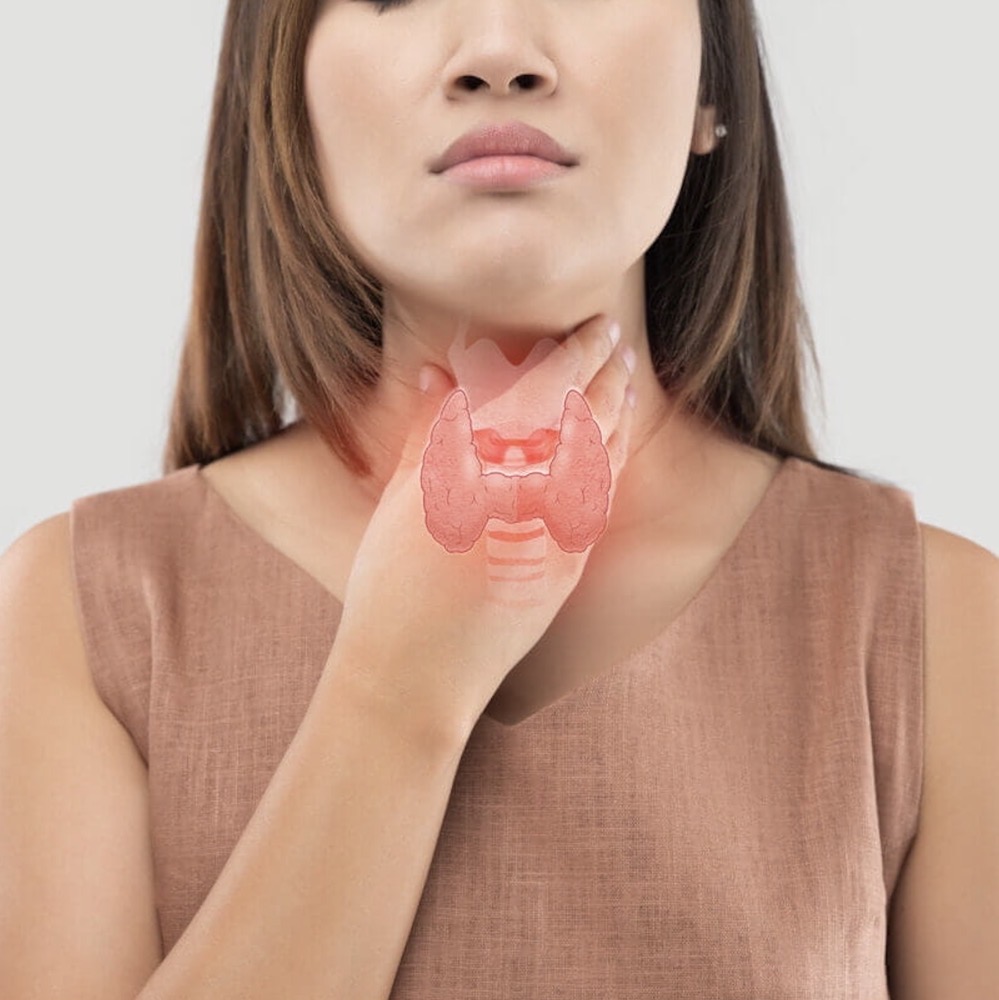
Red Light Therapy for Thyroid Health
Red Light Therapy for Thyroid Health The thyroid gland is a small endocrine gland in the neck with a heavy workload: secreting hormones responsible for metabolism and protein synthesis. Unfortunately, an estimated 5% to 8% of Americans (the population) have some form of thyroid disease. Emerging ...Read more
